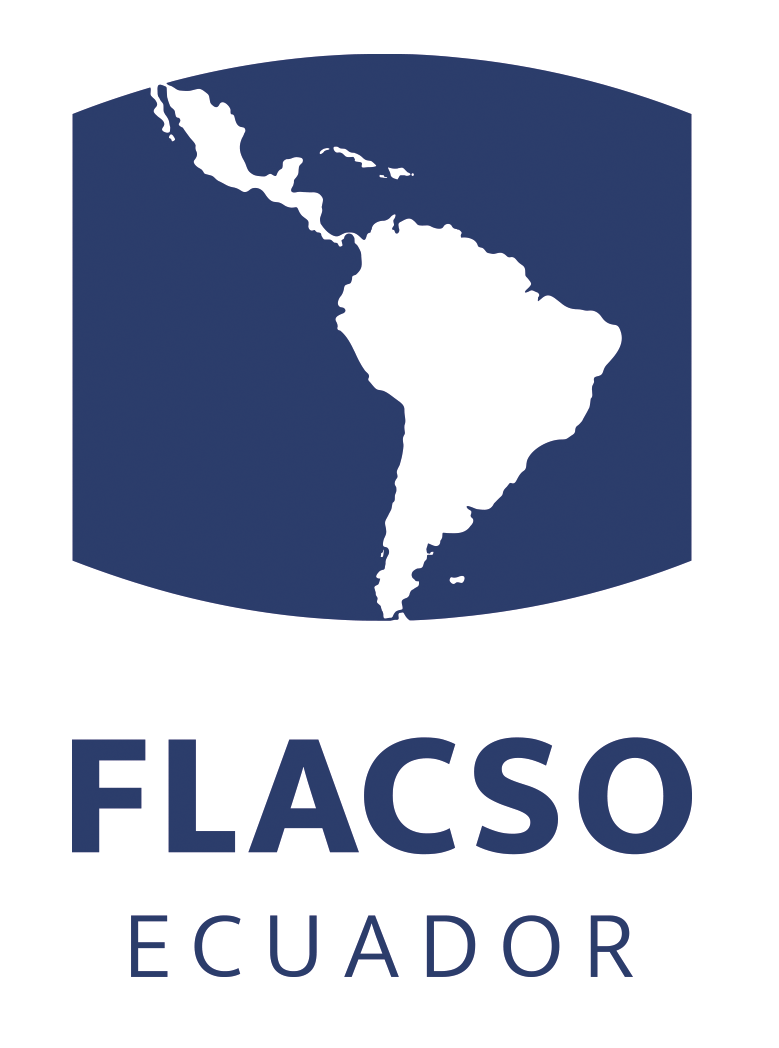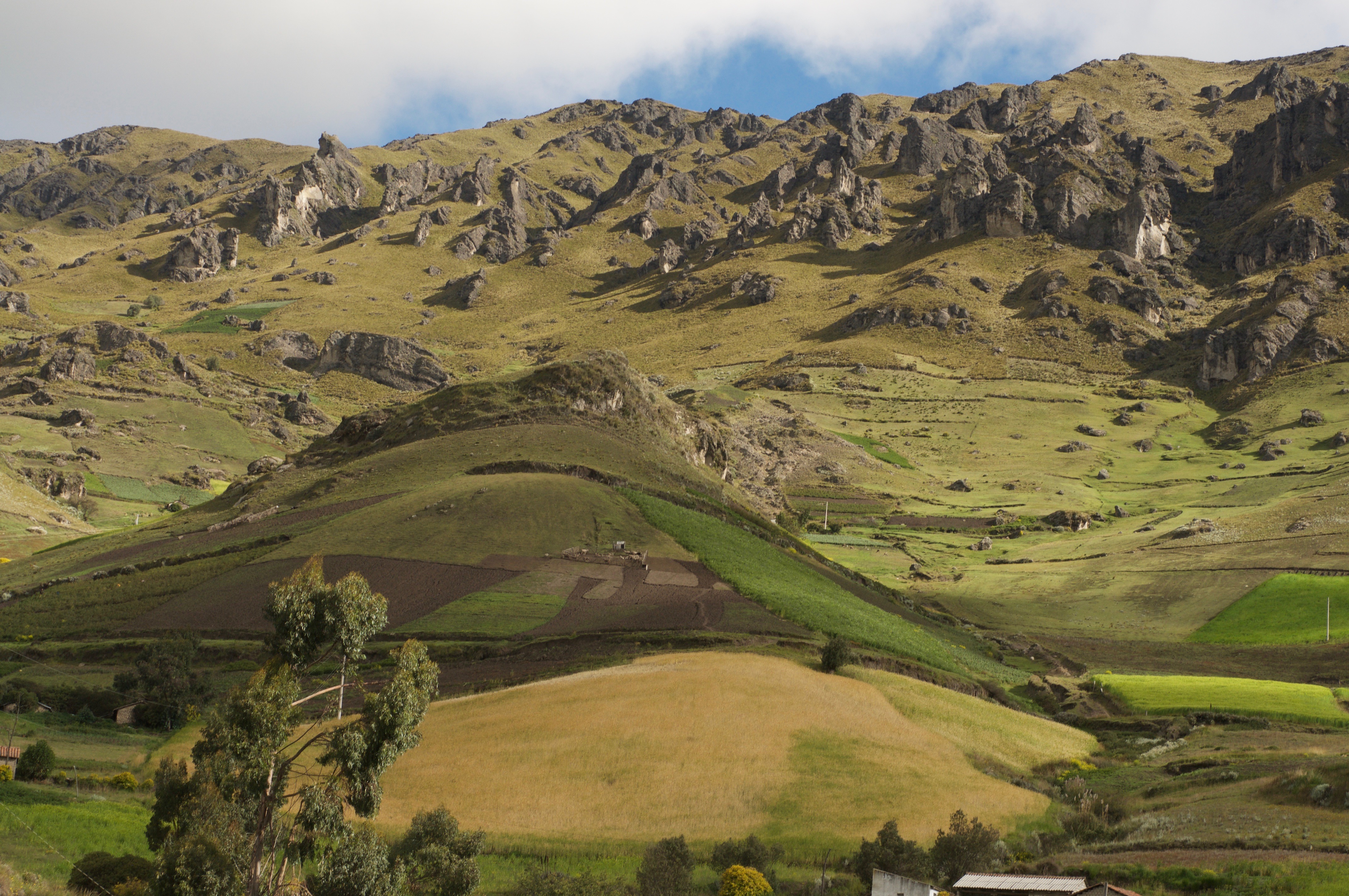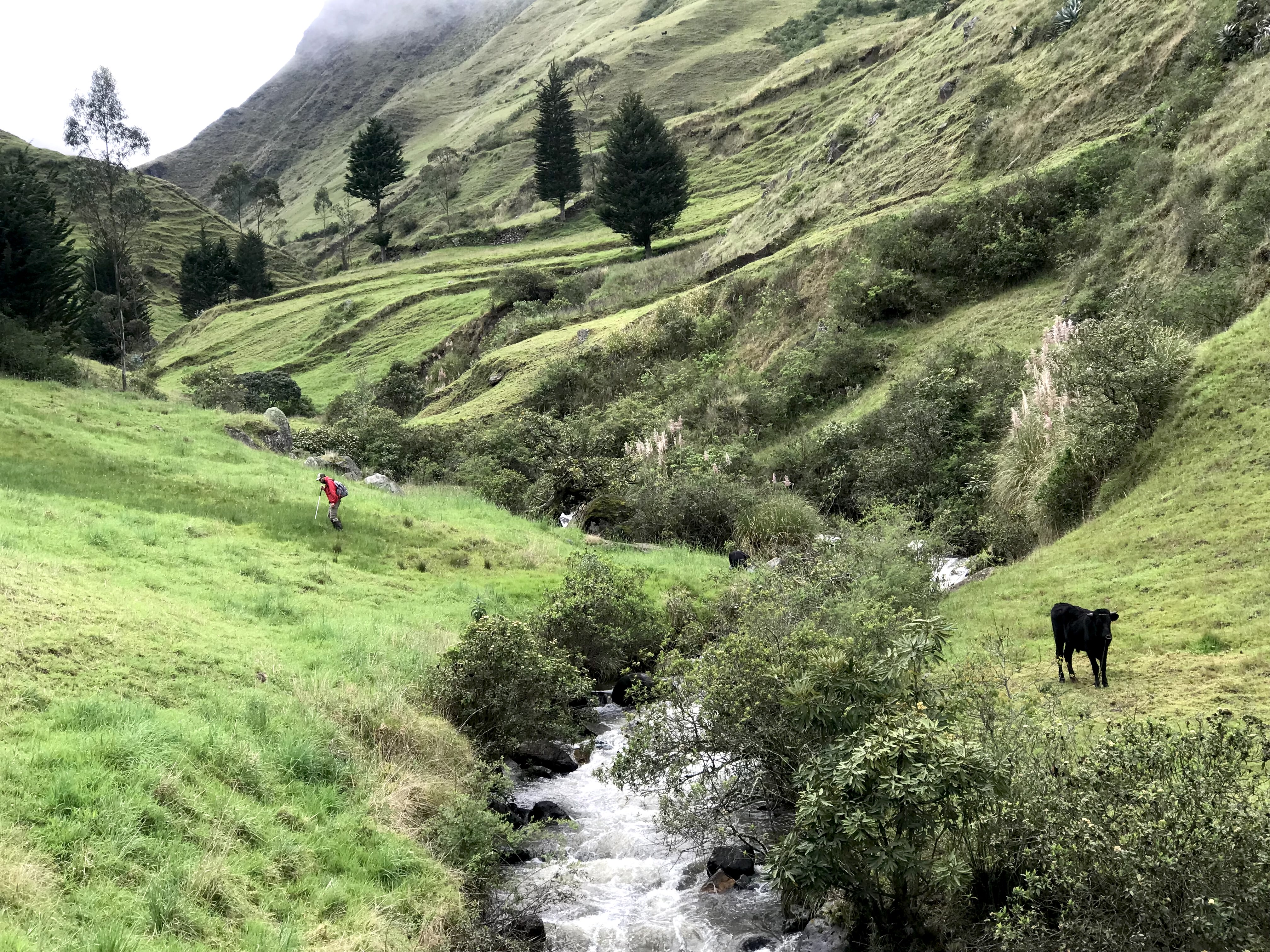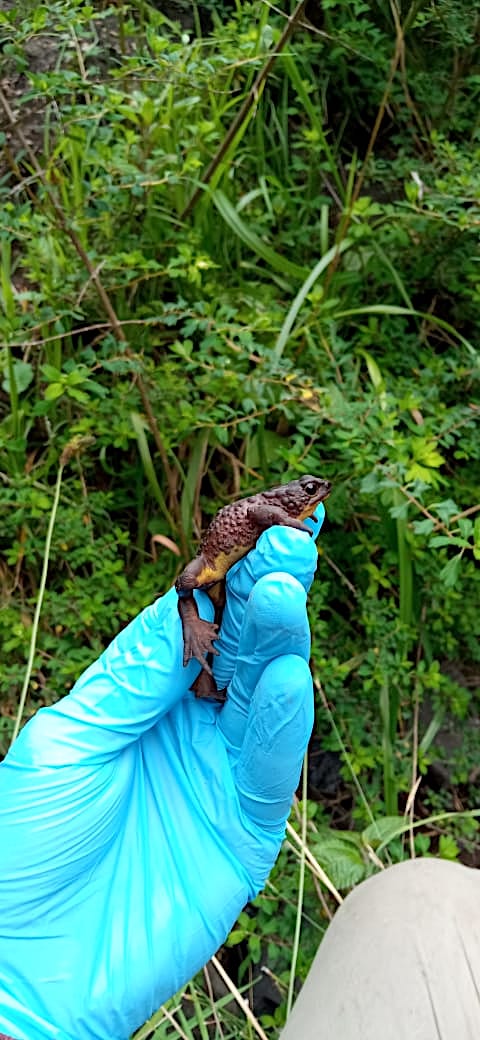In 2021, we received approximately 50 applications from the ASA Start-up Conservation Grants call, of which we will be able to fund six. The project featured below is the first recipient of the ASA Phil Bishop Conservation Grant. Professor Phil Bishop (1957–2021) worked as ASA’s Chief Scientist from day one, and inspired us all in so many ways to care more about the world’s amphibians. We know his memory will continue to stimulate action for amphibians for generations to come.
Below you can learn more about the project A second chance: in situ conservation of the Critically Endangered jambato harlequin (Atelopus ignescens) through local community involvement to be executed by María del Carmen Vizcaíno-Barba (Facultad Latinoamericana de Ciencias Sociales, FLACSO-Ecuador; [email protected]), Juan M. Guayasamín (Universidad San Francisco de Quito, USFQ), Luis A. Coloma (Centro Jambatu de Investigación y Conservación de Anfibios; CJ), David Parra Puente(Facultad Latinoamericana de Ciencias Sociales, FLACSO-Ecuador), and Andrea Terán Valdéz (Centro Jambatu de Investigación y Conservación de Anfibios; CJ) under the umbrella of the Atelopus Survival Initiative.
The main causes for amphibian population declines include infectious diseases, climate change, and habitat destruction (Stuart et al., 2004; Cohen et al., 2018). In the Neotropics, harlequin frogs (genus Atelopus) have suffered the most alarming population crashes (La Marca et al., 2005; Scheele et al., 2019) with more than 80% of the species classified as Endangered or Critically Endangered. The most dramatic example of amphibian declines in Ecuador is the jambato harlequin (Atelopus ignescens), which was historically abundant, but suddenly disappeared in the late 1980s, when it was considered as possibly extinct (last record in March 1988; Ron et al., 2008). In 2016, a small population was reported in a remote location by David Jailaca, a 10-year-old boy, a story that attracted a great deal of media attention. Thus, this emblematic species exemplifies the amphibian crisis in Ecuador, but also the hope for its recovery.
Since then, an emergency captive breeding program led by the Centro Jambatu for Amphibian Research and Conservation has been carried out, but no in situ conservation efforts have yet been made. Therefore, research was conducted by FLACSO-Ecuador to identify potential socio-environmental conflicts and opportunities to develop effective conservation strategies. A rapid ecological diagnosis and a series of interviews with the different stakeholders were carried out. We found that the area is strongly influenced by human activities and potential threats to the survival of the species were identified, such as habitat fragmentation, reduction of breeding sites, and predation by introduced species.
However, important opportunities were also identified for the development of an integrated conservation plan to revalue the rural Andean landscape as a habitat for the jambato and as a livelihood for human communities. These include the generation of ecological corridors, the rescue of traditional agroecological practices, nature tourism, and the implementation of instruments and public policies in close coordination with local authorities and grassroots community structures. Thus, we face the challenge of understanding the population dynamics of the surviving species, while working with a community-based approach to establish a relationship of trust with the local community, through a transparent and collaborative effort for its conservation. To this end, as a first step, we have already established relationships with the local community, which will be part of all components of the project.
In this project, our intention is to work very closely with the people who live with the species, so that they become our best allies in the long term, as the social and cultural contexts are essential for the success of any initiative designed for sustainable biodiversity conservation (Maass, 2005; Ardoin et al. 2020). It is puzzling how the Jambatu frog has survived in this Andean valley and gone extinct from, as far as we know, all other historic localities. Thus, we also need a focus on the ecology, diseases dynamics, and local adaptations of the species. With this information at hand, we aim to identify key strategic actions to ensure its conservation, such as habitat protection and restoration, reintroductions, or translocations. Our project also includes a first approach to include economic alternatives, such as agroecology and nature tourism (Hoshmand, 2018), that benefit the livelihoods of the people while protecting and improving the habitat of the jambato harlequin. This project is also part of the Atelopus Survival Initiative.







